Home>Gardening & Outdoor>Landscaping Ideas>How Many Inches Of Topsoil To Grow Grass
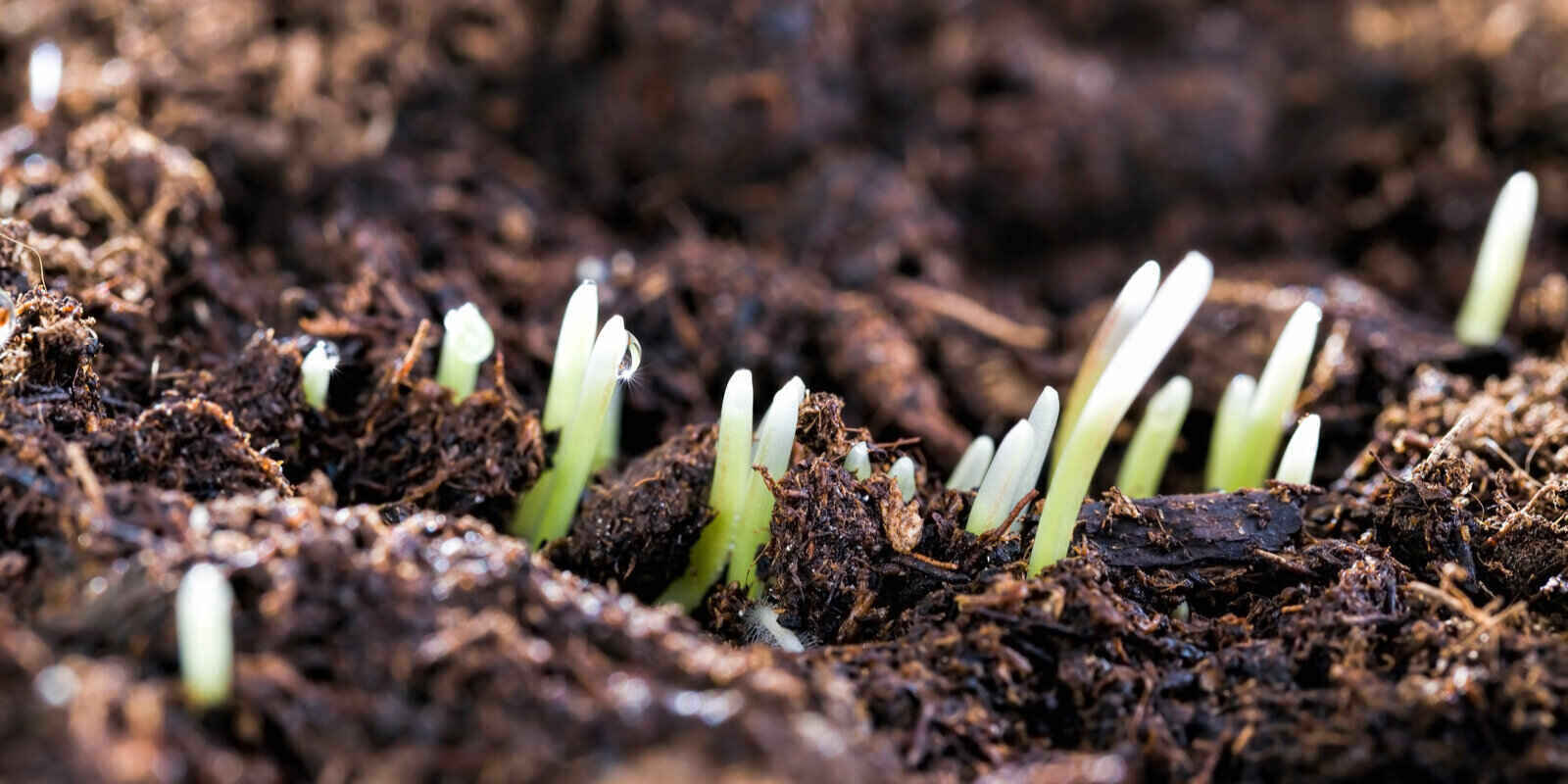

Landscaping Ideas
How Many Inches Of Topsoil To Grow Grass
Modified: February 18, 2024
Find the right topsoil depth for growing a lush lawn with these landscaping ideas. Learn how many inches of topsoil you need to grow healthy grass.
(Many of the links in this article redirect to a specific reviewed product. Your purchase of these products through affiliate links helps to generate commission for Storables.com, at no extra cost. Learn more)
Introduction
Welcome to the wonderful world of landscaping and gardening, where the lush green carpet of grass serves as a canvas for nature’s artistry. Whether you are a seasoned gardener or a novice enthusiast, understanding the critical role of topsoil in nurturing a vibrant and resilient lawn is essential. In this comprehensive guide, we will delve into the nuances of topsoil depth for optimal grass growth, providing insights and practical tips to help you achieve a verdant and thriving lawn.
Topsoil, the uppermost layer of soil, is a cornerstone of successful lawn cultivation. Its composition, depth, and quality directly impact the health and vitality of your grass. By exploring the importance of topsoil, the factors influencing its depth for grass growth, and recommended practices for maintaining healthy topsoil, you will gain valuable knowledge to elevate your lawn care endeavors.
Join us on this enlightening journey as we uncover the secrets of topsoil and its pivotal role in nurturing lush, resilient grass. Whether you’re aiming for a velvety carpet of Kentucky bluegrass or a hardy expanse of fescue, understanding the significance of topsoil depth is the first step toward cultivating an enviable lawn that beckons bare feet and outdoor gatherings.
Key Takeaways:
- Topsoil depth of 4 to 6 inches is optimal for healthy grass growth, providing nutrients, moisture retention, and root support. Tailoring depth to grass species and regional climate fosters a vibrant lawn.
- Maintain topsoil health by aerating, proper watering, soil testing, organic matter application, drainage management, and soil compaction prevention. Healthy topsoil creates a resilient and lush grassy haven.
Read more: What Topsoil For Grass Seed
Importance of Topsoil for Growing Grass
Topsoil serves as the lifeblood of your lawn, providing a hospitable environment for grass roots to anchor, absorb nutrients, and thrive. Its significance lies in its ability to support healthy plant growth by offering essential nutrients, moisture retention, and a favorable medium for root development. Here are a few key reasons why topsoil is indispensable for growing lush, resilient grass:
- Nutrient-Rich Foundation: Topsoil is rich in organic matter, microorganisms, and essential nutrients that nourish grass roots and promote vigorous growth. Its fertile composition provides a solid foundation for the development of a robust and verdant lawn.
- Moisture Retention: The topsoil layer acts as a reservoir for moisture, ensuring that grass roots have access to the water they need to withstand dry spells and maintain their lush green hue. Adequate moisture retention is vital for sustaining healthy grass growth, especially during hot and arid periods.
- Root Support and Aeration: The optimal texture and structure of topsoil facilitate root penetration and aeration, enabling grass roots to delve deep into the earth and establish a strong foothold. This promotes resilience against environmental stressors and encourages vigorous growth.
- Soil Health and pH Balance: Topsoil contributes to the overall health and pH balance of the soil, creating a conducive environment for beneficial microorganisms and minimizing the impact of acidic or alkaline conditions. This equilibrium is essential for fostering a thriving ecosystem beneath the surface.
Understanding the pivotal role of topsoil in nurturing healthy grass growth underscores the importance of maintaining optimal topsoil depth and quality. By prioritizing the well-being of this foundational layer, you can lay the groundwork for a vibrant and enduring lawn that enhances the beauty of your outdoor space.
Factors Affecting Topsoil Depth for Grass Growth
Several key factors influence the ideal topsoil depth for fostering robust grass growth. By considering these elements, you can gauge the suitability of your existing topsoil and make informed decisions to optimize its depth for a thriving lawn. Here are the primary factors that play a pivotal role in determining topsoil depth for grass growth:
- Soil Composition and Texture: The composition and texture of topsoil significantly impact its ability to support healthy grass growth. Well-draining loamy soil with a balanced mixture of sand, silt, and clay provides an ideal foundation for grass roots to penetrate and thrive. Assessing the texture and composition of your topsoil can guide decisions regarding its depth and potential amendments.
- Climate and Environmental Conditions: Regional climate and environmental factors, including temperature, precipitation, and sun exposure, influence the moisture retention and overall resilience of topsoil. In arid regions, deeper topsoil may be necessary to ensure adequate moisture for grass roots, while in cooler climates, a shallower topsoil layer may suffice for effective grass growth.
- Grass Species and Varieties: Different grass species and varieties have varying root structures and depth requirements. For example, deep-rooted fescue may necessitate a deeper topsoil layer to accommodate its extensive root system, while shallow-rooted Bermuda grass may thrive in shallower topsoil conditions. Understanding the specific needs of your chosen grass species is essential for determining the optimal topsoil depth.
- Landscaping and Soil Compaction: The existing landscaping and soil compaction in your lawn can affect the effective depth of topsoil for grass growth. Compacted soil may hinder root penetration and necessitate deeper topsoil to facilitate healthy root development. Assessing the condition of your soil and addressing any compaction issues is crucial for optimizing topsoil depth.
- Drainage and Waterlogging: Proper drainage is essential for maintaining healthy topsoil and preventing waterlogging, which can impede root development and lead to grass stress. Evaluating the drainage capacity of your soil and addressing any waterlogging issues can inform decisions regarding topsoil depth and amendments to enhance drainage.
By considering these influential factors, you can assess the suitability of your existing topsoil depth and make informed adjustments to create an optimal environment for robust grass growth. Understanding the interplay of these elements empowers you to tailor your topsoil depth to the specific needs of your lawn, fostering a resilient and vibrant grassy expanse that enhances the beauty of your outdoor space.
For growing grass, you’ll need at least 4-6 inches of topsoil. This depth allows the grass roots to establish and grow properly.
Recommended Topsoil Depth for Growing Grass
The optimal topsoil depth for growing healthy and vibrant grass typically ranges from 4 to 6 inches. This depth provides an ideal environment for grass roots to establish a strong foothold, access essential nutrients, and withstand environmental stressors. However, the recommended topsoil depth may vary based on specific factors, including grass species, soil composition, and regional climate. Here’s a closer look at the recommended topsoil depth and considerations for fostering robust grass growth:
- General Guidelines: For most common grass species, a topsoil depth of 4 to 6 inches is considered optimal for promoting healthy root development and vigorous growth. This depth allows grass roots to access essential nutrients, moisture, and oxygen while providing a stable foundation for resilience against drought and other environmental challenges.
- Deep-Rooted Grass Species: Certain grass species with deep root systems, such as tall fescue and Kentucky bluegrass, may benefit from a slightly deeper topsoil layer to accommodate their extensive roots and promote long-term vitality. In such cases, a topsoil depth of 6 to 8 inches may be recommended to support the robust growth and resilience of these species.
- Shallow-Rooted Varieties: Shallow-rooted grass varieties, such as fine fescue and certain types of Bermuda grass, may thrive in shallower topsoil conditions. A depth of 4 to 6 inches can provide a suitable environment for these grasses to establish healthy root systems and maintain their lush appearance, especially in regions with moderate moisture levels and well-draining soil.
- Regional Considerations: Regional climate, soil composition, and environmental factors play a crucial role in determining the recommended topsoil depth for growing grass. In arid regions with limited moisture, deeper topsoil may be necessary to ensure adequate water retention for grass roots, while in cooler and more temperate climates, a shallower topsoil layer may suffice for effective grass growth.
Assessing the specific needs of your chosen grass species, understanding regional climate considerations, and evaluating soil composition are essential steps in determining the recommended topsoil depth for your lawn. By tailoring the topsoil depth to suit these factors, you can create an optimal environment for fostering resilient, vibrant grass growth that enhances the beauty and vitality of your outdoor space.
Tips for Maintaining Healthy Topsoil for Grass Growth
Ensuring the ongoing health and vitality of your topsoil is essential for fostering robust grass growth and maintaining a lush, resilient lawn. By implementing proactive measures to preserve and enhance the quality of your topsoil, you can create an optimal environment for sustained grass health and vitality. Here are valuable tips for maintaining healthy topsoil to support thriving grass growth:
- Regular Aeration: Aerating your lawn helps alleviate soil compaction, improve air circulation, and enhance water absorption, promoting healthy topsoil conditions for grass roots to thrive. Consider aerating your lawn annually, especially in high-traffic areas, to optimize topsoil health.
- Appropriate Watering Practices: Implementing proper watering techniques, such as deep and infrequent watering to encourage deep root growth, helps maintain optimal moisture levels in the topsoil. Avoid overwatering, which can lead to waterlogging and compromise the health of the topsoil and grass roots.
- Regular Soil Testing: Periodic soil testing enables you to assess the nutrient levels, pH balance, and overall health of your topsoil. Based on the results, you can make informed decisions regarding soil amendments and fertilization to support healthy grass growth and maintain topsoil vitality.
- Applying Organic Matter: Incorporating organic matter, such as compost and well-decomposed manure, enriches the topsoil with essential nutrients and promotes beneficial microbial activity, fostering a fertile environment for grass roots to thrive. Consider topdressing with organic matter to enhance topsoil quality.
- Maintaining Proper Drainage: Addressing drainage issues, such as surface water pooling or runoff, helps prevent waterlogging and maintains optimal moisture levels in the topsoil. Implementing drainage solutions, such as grading and installing French drains, supports healthy topsoil conditions for robust grass growth.
- Minimizing Soil Compaction: Taking measures to minimize soil compaction, such as avoiding heavy machinery on the lawn and using designated pathways, preserves the structural integrity of the topsoil and promotes favorable conditions for grass root development.
By incorporating these tips into your lawn care regimen, you can nurture and maintain healthy topsoil, providing an ideal foundation for vibrant and resilient grass growth. Cultivating a thriving ecosystem beneath the surface sets the stage for a lush and enduring lawn that enriches your outdoor environment with natural beauty and vitality.
Read more: How Deep Should Topsoil Be For Grass
Conclusion
Cultivating a thriving lawn adorned with lush, resilient grass is a gratifying endeavor that begins with understanding the pivotal role of topsoil in nurturing vibrant growth. By recognizing the importance of topsoil, considering influential factors affecting topsoil depth, and implementing recommended practices, you can create an optimal environment for robust grass growth and long-term vitality.
The significance of topsoil as a nutrient-rich foundation, moisture retainer, and supportive medium for grass roots underscores its indispensable role in sustaining a healthy and vibrant lawn. By prioritizing the maintenance of healthy topsoil and optimizing its depth, you lay the groundwork for a resilient and enduring grassy expanse that enriches your outdoor space with natural beauty and vitality.
As you embark on your journey to cultivate a verdant and thriving lawn, remember to consider the specific needs of your chosen grass species, evaluate regional climate considerations, and implement proactive measures to maintain topsoil health. By tailoring topsoil depth and quality to suit these factors, you create an environment where lush, resilient grass can flourish, inviting bare feet and outdoor gatherings amidst nature’s artistry.
In the tapestry of landscaping and gardening, topsoil serves as a canvas upon which the green hues of grass unfurl, weaving a story of resilience, vitality, and natural splendor. Embrace the art of nurturing healthy topsoil, and watch as your lawn blossoms into an inviting haven, where the timeless allure of nature graces your outdoor sanctuary.
With these insights and practical tips at your disposal, you are poised to embark on a journey of cultivating a vibrant and enduring lawn, where the lush green carpet of grass beckons and inspires. May your outdoor oasis flourish with the beauty of healthy topsoil and thriving grass, creating a tapestry of natural splendor that enriches your life and landscape with boundless allure.
Frequently Asked Questions about How Many Inches Of Topsoil To Grow Grass
Was this page helpful?
At Storables.com, we guarantee accurate and reliable information. Our content, validated by Expert Board Contributors, is crafted following stringent Editorial Policies. We're committed to providing you with well-researched, expert-backed insights for all your informational needs.
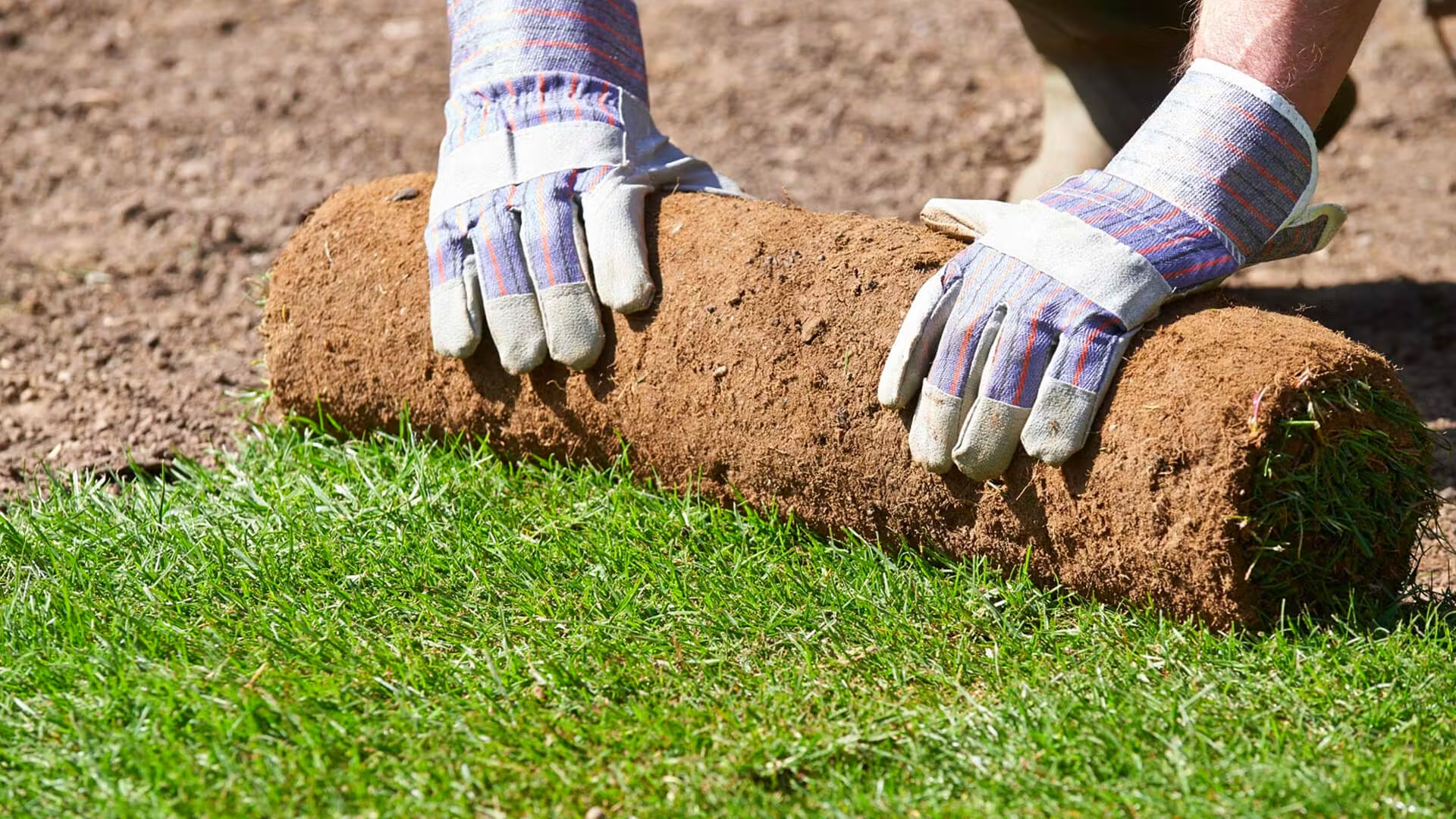
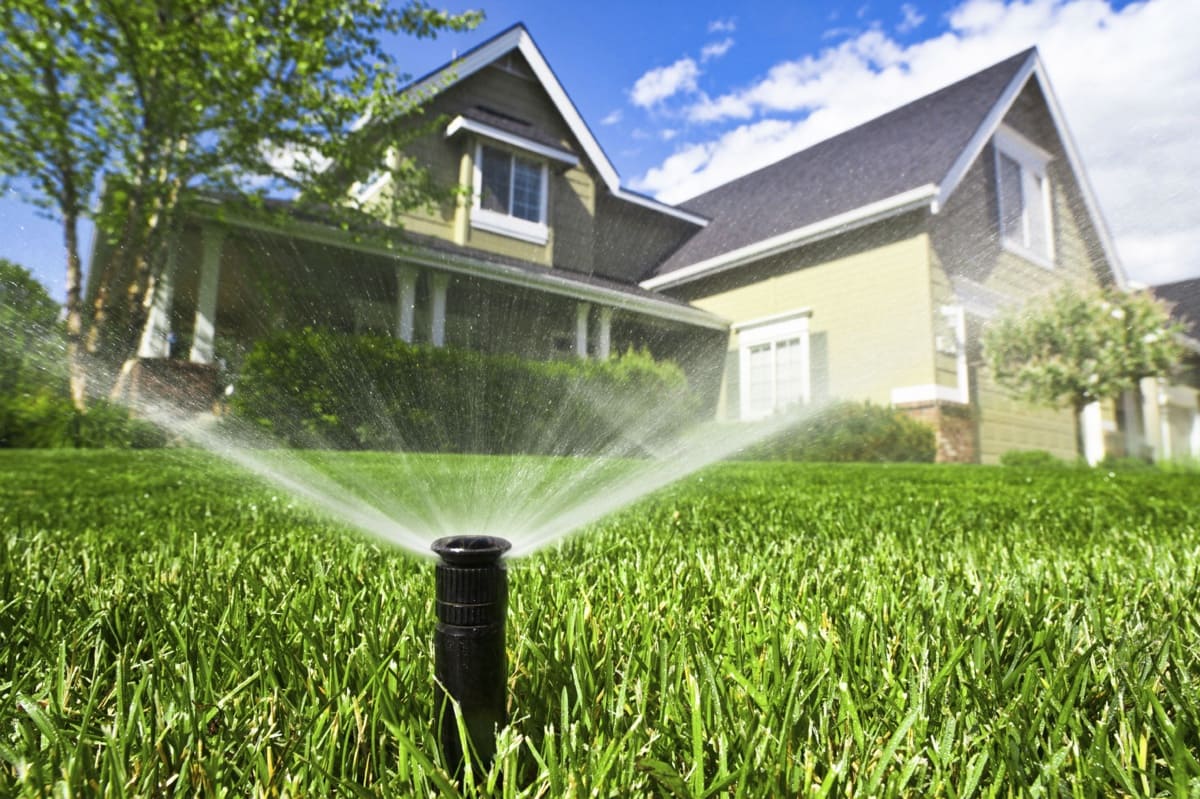
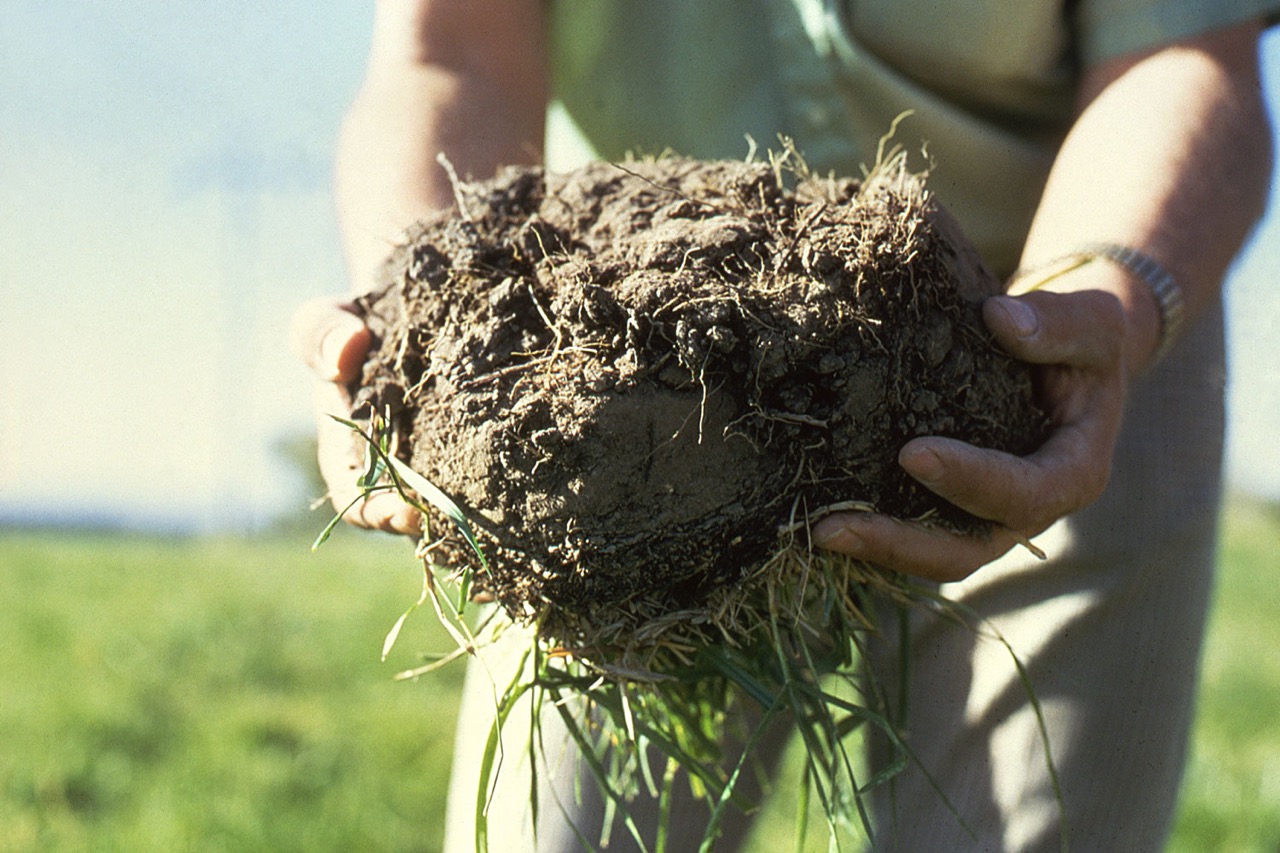

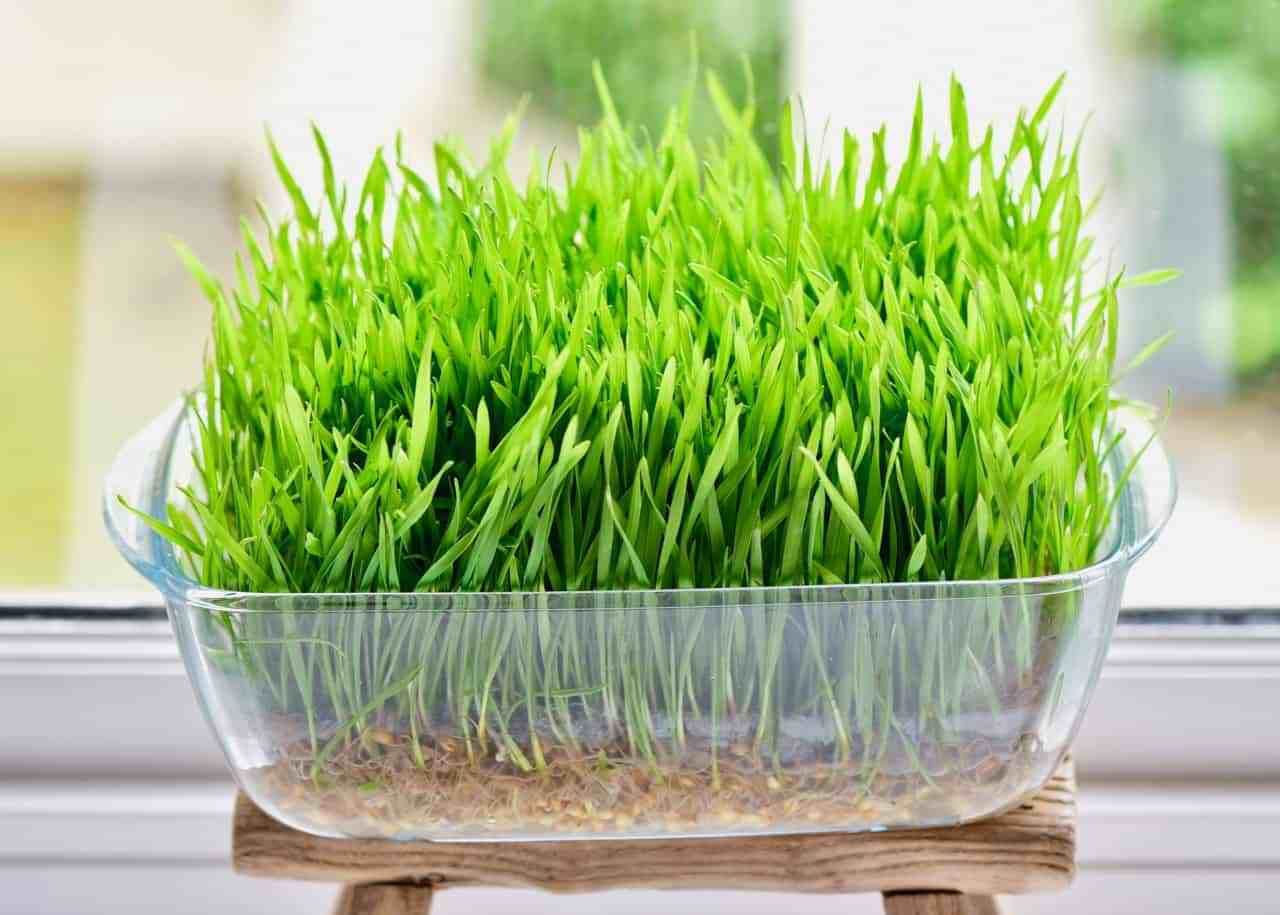
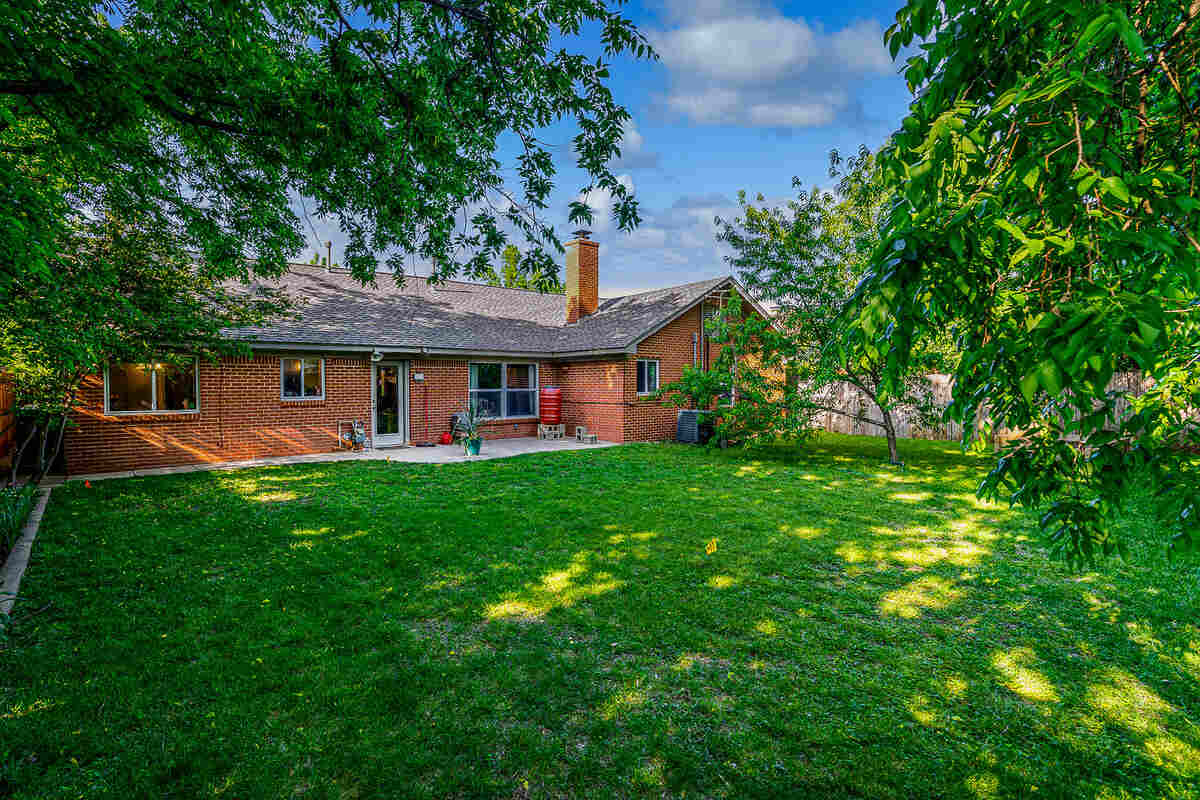
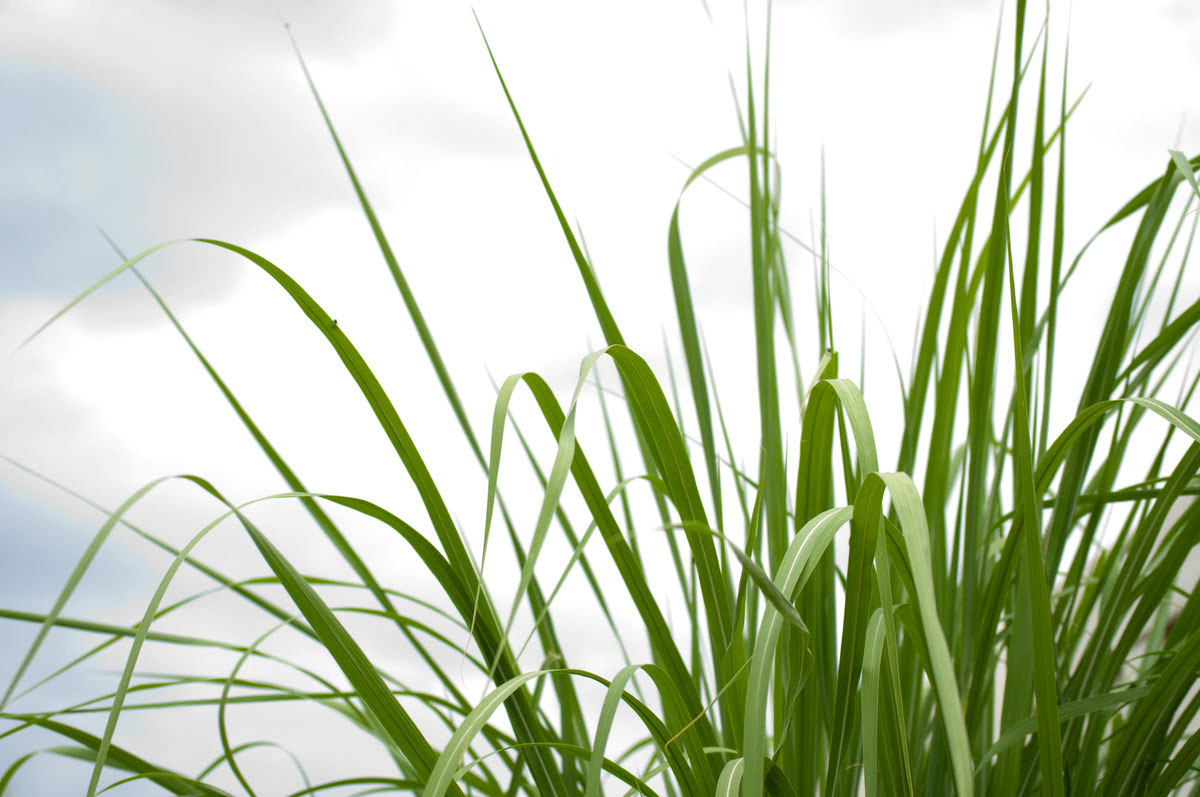
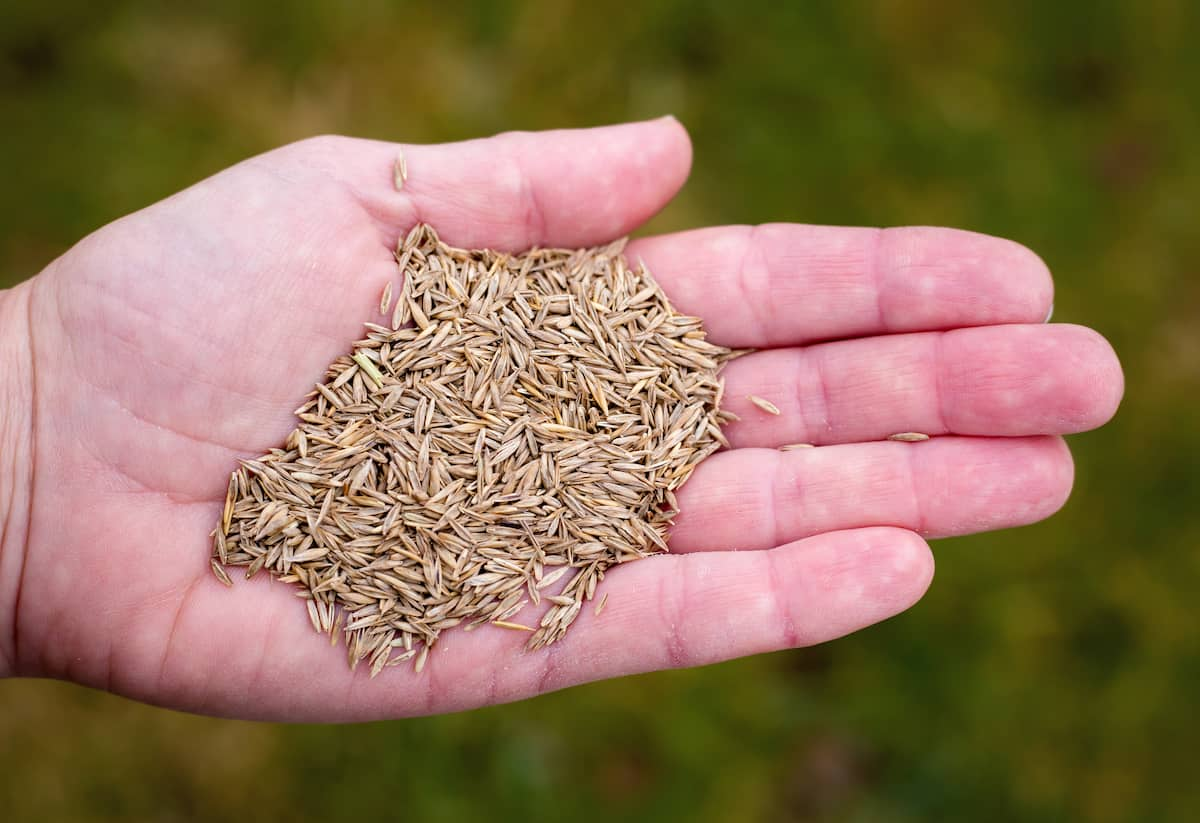
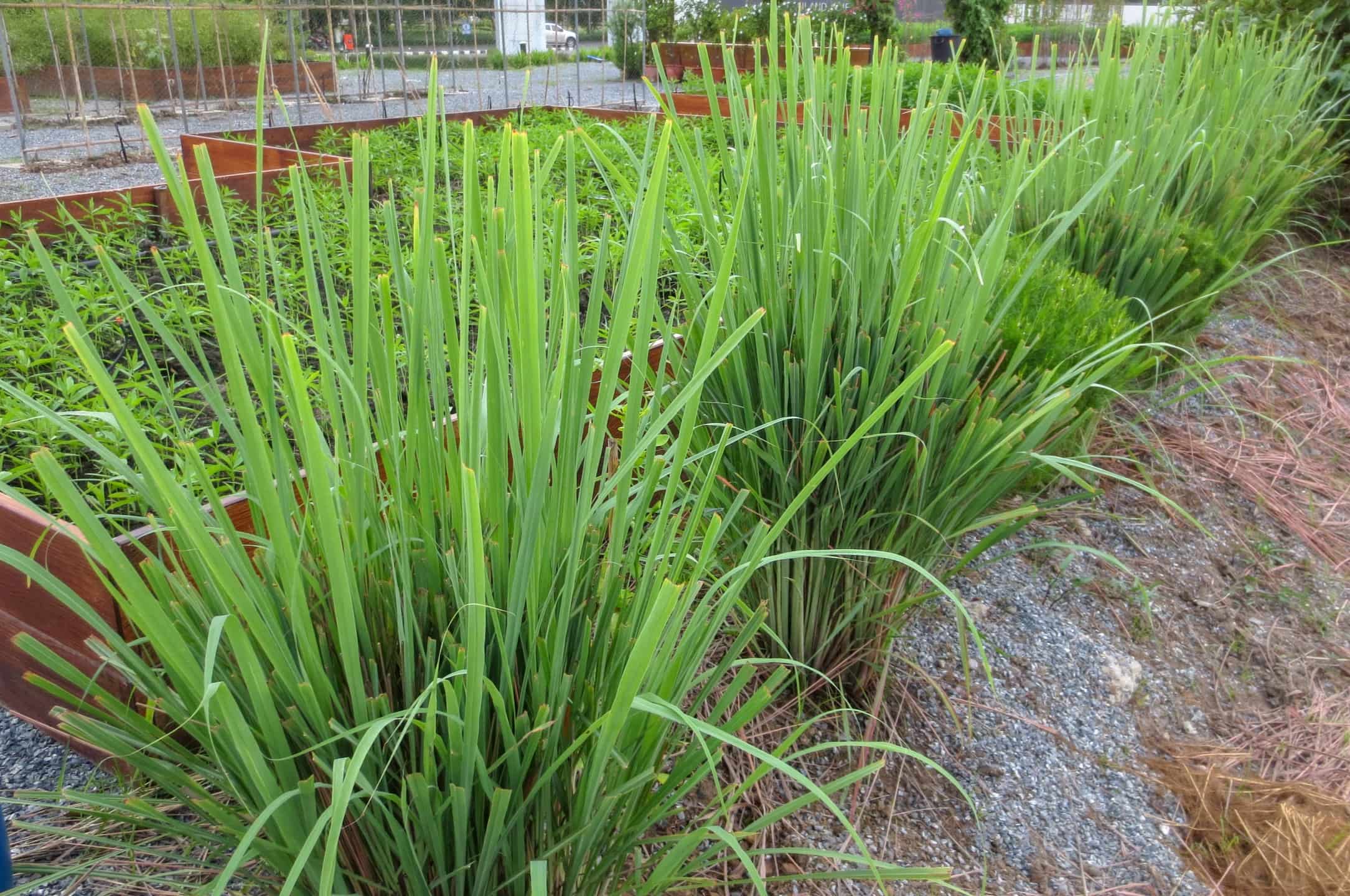

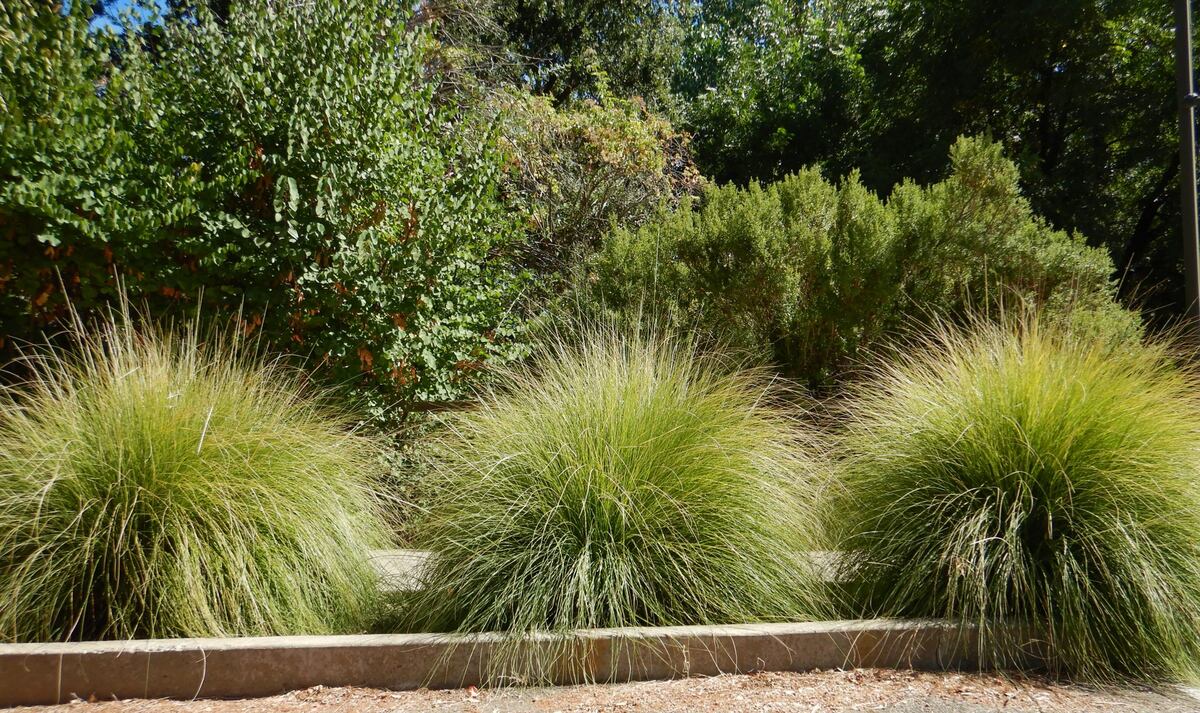
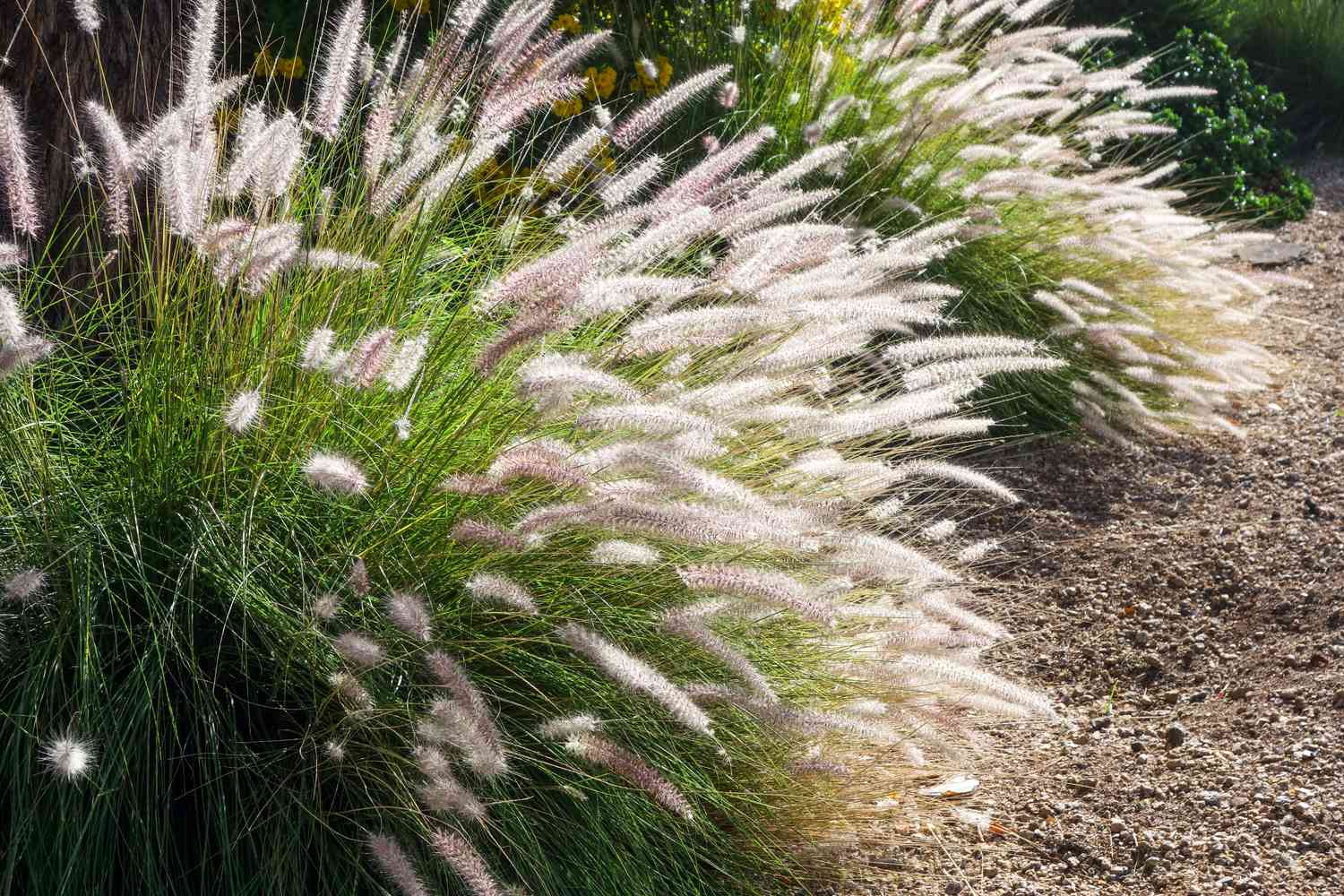
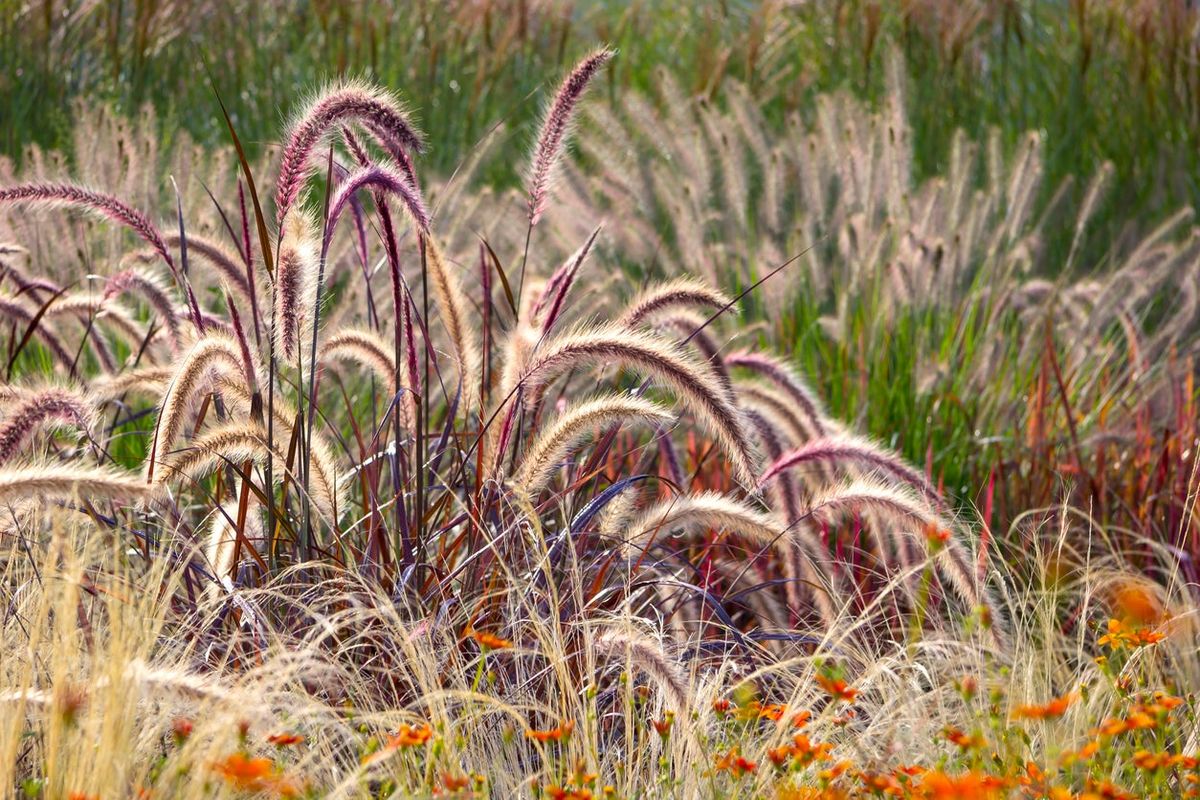
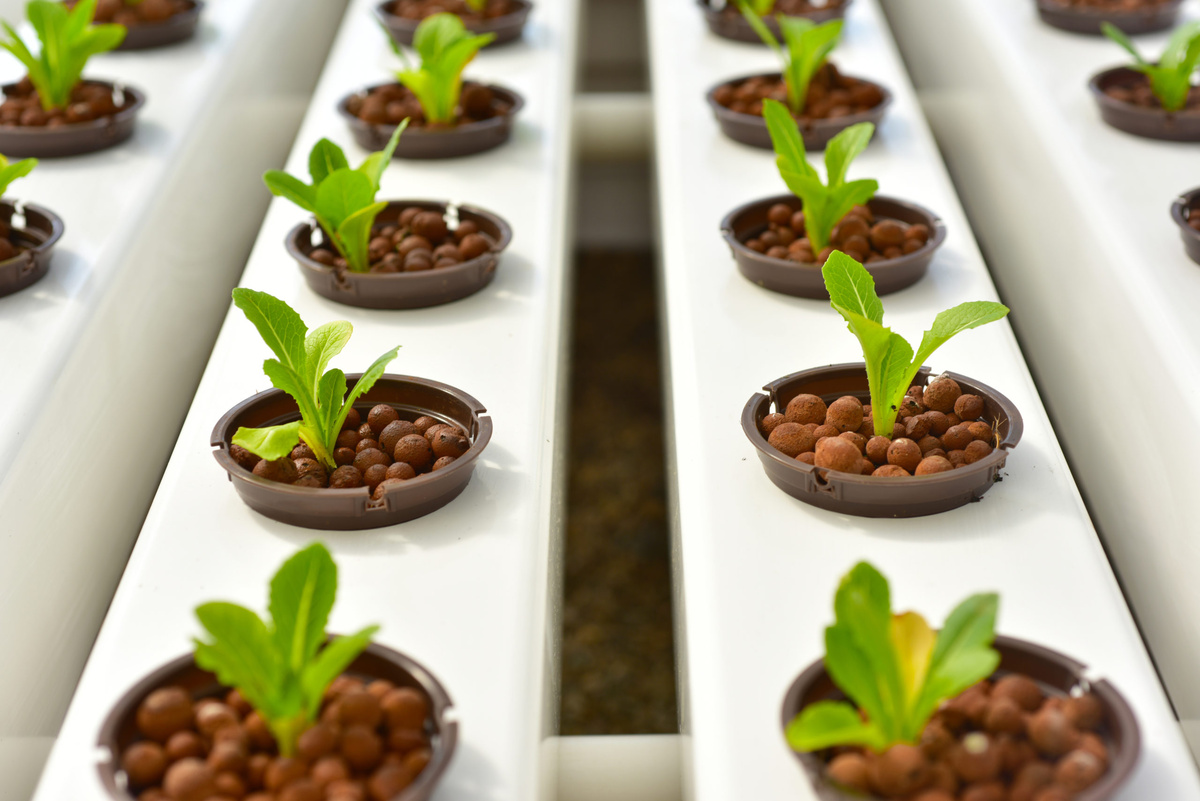

0 thoughts on “How Many Inches Of Topsoil To Grow Grass”